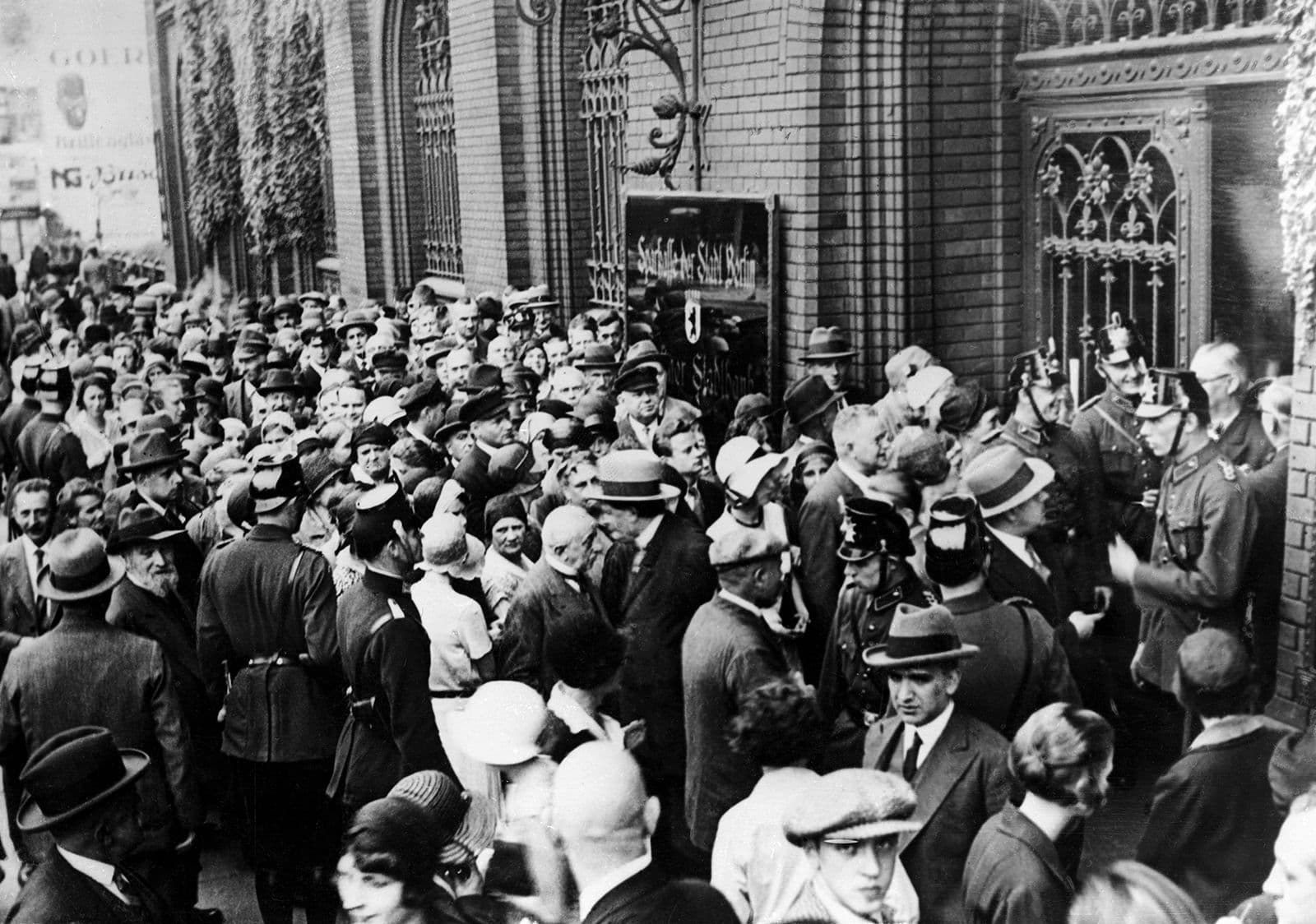German Mark Plummets to 4.2 Trillion Per Dollar Amidst 1923 Hyperinflation Crisis

The Weimar Republic experienced one of history's most severe hyperinflation crises between 1921 and 1923, culminating in November 1923 when the German Papiermark's value plummeted to an astonishing 4.2 trillion marks per U.S. dollar. This economic catastrophe rendered the national currency virtually worthless, leading to widespread societal upheaval and forcing many to seek refuge abroad.Another heading
The crisis stemmed from a combination of factors, including the immense debt accumulated during World War I, the burden of war reparations imposed by the Treaty of Versailles, and the government's decision to print vast amounts of money to meet its financial obligations and support workers striking against the French and Belgian occupation of the Ruhr industrial region. This excessive money supply, coupled with a scarcity of goods, created a vicious cycle of skyrocketing prices.
Daily life became an absurd struggle for survival. Prices rose hourly, compelling workers to be paid multiple times a day so they could rush to spend their wages before they became valueless. As Bobby Goodlatte noted in a recent social media post, "People used these bills as wallpaper in their houses. Because actual wallpaper was more expensive than the currency!" This vividly illustrates the extreme devaluation, with banknotes also being used as fuel for fires.
The middle class, particularly those with savings, were devastated as their life's work evaporated overnight. While debtors benefited from being able to repay loans with worthless currency, the broader economy suffered immensely, with foreign trade becoming nearly impossible. The crisis led to significant political instability and social unrest across Germany.
The hyperinflation was eventually brought under control with the introduction of the Rentenmark in November 1923, a new currency backed by real estate and industrial assets, followed by the Dawes Plan in 1924, which restructured Germany's reparation payments. This period remains a stark historical example of the destructive power of unchecked monetary expansion and its profound impact on a nation's populace and economy.